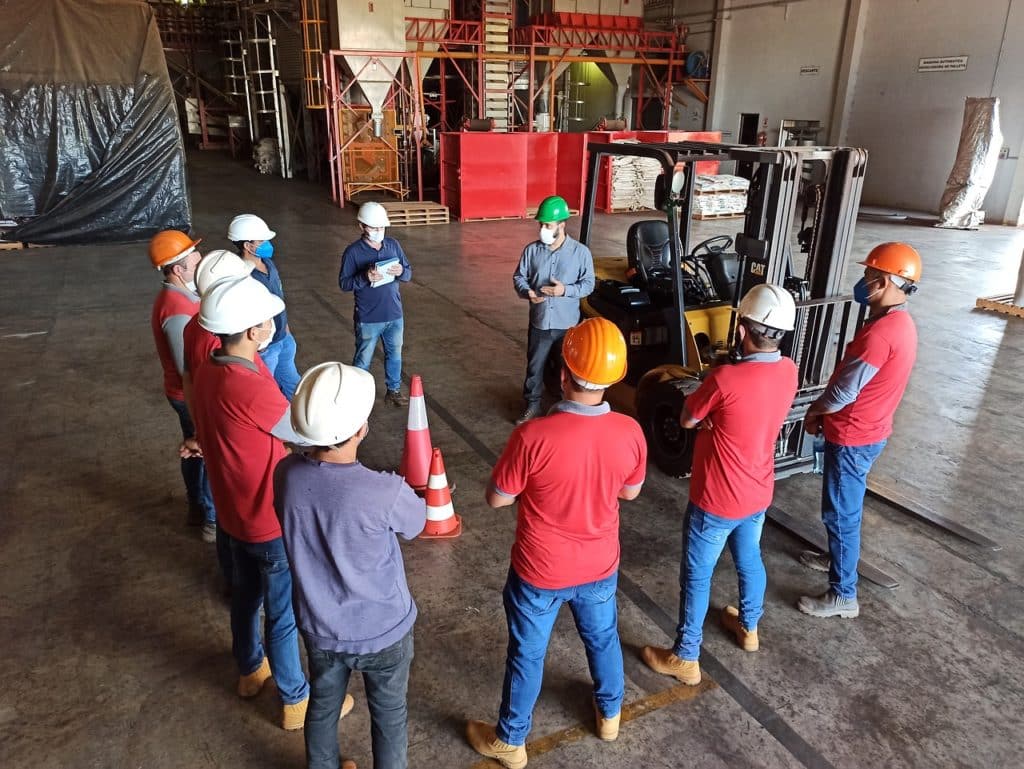In France, more than half of all workplace accidents are linked to musculoskeletal disorders (MSDs).
In fact, the majority of affected employees have back problems. This is generally due to carrying heavy loads. There are, in fact, a number of measures that can be taken to ensure proper manual handling in the workplace, prevent risks and preserve workers' health. What are they?
Compliance with internal safety rules
Employers are obliged to put in place safety measures to ensure the well-being and safety of staff who handle heavy or light loads at work. This also applies to the prevention of MSD risks. Recurrent muscle strain, repetitive tasks and poor posture can lead to a variety of aches and pains, and damage to intervertebral discs over time. However, instructions vary depending on the workstation. An assessment of the complexity of the work and the risks involved is therefore essential before drawing up internal regulations.
The right postures for proper handling at work
To keep your back healthy and reduce physical exertion at work, it's best to carry loads correctly. To ensure proper manual handling, here are a few preventive rules to follow.
Support
Applying the right postures and gestures is essential to minimize the risk of RSI. Before lifting an object, you need to support yourself with your legs. The aim is to achieve balance while remaining upright. The whole body, i.e. shoulders, feet and hips, must face the load. This rule applies whether you're working on the ground or at height.
Bend the knees
It's not a good idea to bend your back when gripping and lifting weights. It's better to bend your legs while keeping your spine straight and in line with your head and pelvis. Don't hesitate to lean on your legs when necessary. In all cases, these techniques are recommended to avoid injury. But be careful! It's essential to avoid round backs, which can lead to health problems such as low back pain and sciatica.
Bring loads closer to the body
Are you aware that loads are lighter when they're closer to the body? This is why workers need to bring the objects they carry as close to their bodies as possible, to minimize the strain on the spine.
A word of advice: if you're carrying a heavier load, it's better to do the manual handling in pairs. Additional help may be required when carrying a large, heavy object on a building site.
Essential work equipment
To facilitate manual handling at work, it's a good idea to invest in the right handling aids for the job. These include :
- straps,
- protective equipment,
- jacks,
- PPE or protective equipment complying with the standard,
- handling equipment...
Lifting equipment, for example, is essential for working at height.
In addition, ask workers to warm up and stretch before and after handling as a preventive measure, and allow for recovery breaks. Finally, training may be necessary to learn how to master the correct gestures during manual handling. In this case, the employer can schedule workplace sessions to train staff in the safety code.
Implementing a prevention policy increases staff efficiency and reduces the risk of injury, RSI and workplace accidents.








